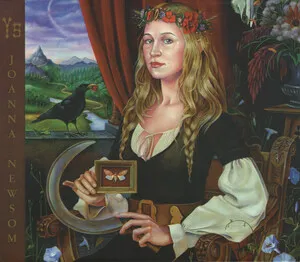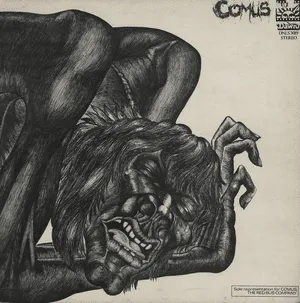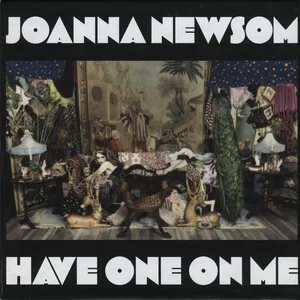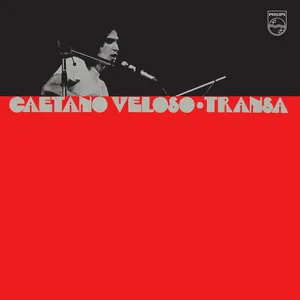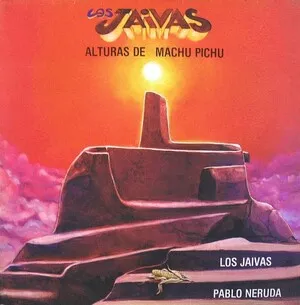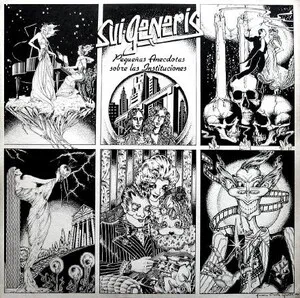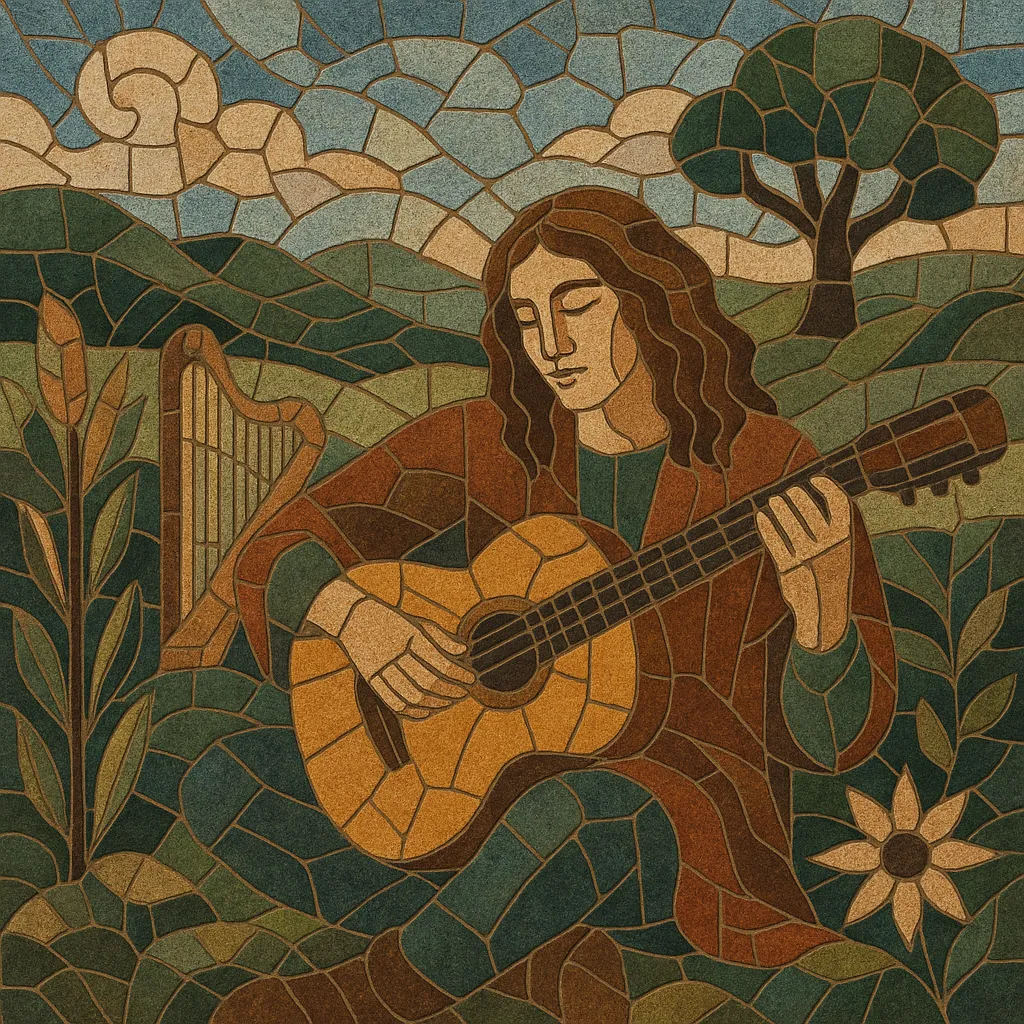
Your digging level
Description
Progressive folk is a strand of folk music that adopts the exploratory spirit, extended forms, and harmonic richness of progressive rock and jazz while remaining rooted in traditional songcraft and acoustic timbres. It favors modal melodies, intricate fingerpicking, and unusual time signatures, often weaving together British and Celtic folk idioms with classical and jazz-informed arrangements.
Compared with straight folk or folk rock, progressive folk is more ambitious in structure: suites, long-form ballads, and thematic albums are common. Lyrically it ranges from pastoral and mythical to philosophical and introspective, and it frequently experiments with instrumentation (e.g., dulcimer, sitar, harp, early music winds) and layered vocal counterpoint. The result is music that feels both ancient and modern—earthy yet expansive.
History
Progressive folk emerged in the United Kingdom during the late 1960s, when the British folk revival intersected with the era’s psychedelic and progressive currents. Artists steeped in traditional ballads and instrumental techniques began expanding song forms, embracing modal harmony and odd meters, and incorporating classical chamber textures and jazz phrasing. Groups like The Incredible String Band and Pentangle exemplified this shift, blending ancient-sounding melodies with audacious arrangements, exotic instruments, and improvisational interplay.
Through the early-to-mid 1970s, the palette broadened. Acts such as Comus, Strawbs, Gryphon, and Roy Harper pushed the music toward darker timbres, medieval/early-music colors, and symphonic ambitions. In parallel, progressive rock bands like Jethro Tull reciprocally drew on folk modes and acoustic instrumentation, creating a fertile two-way exchange between prog rock and progressive folk. Celtic currents (from Brittany, Ireland, and Scotland) also entered the mix via artists like Alan Stivell, adding harp-led textures and modal drones.
The commercial peak waned as mainstream tastes shifted, but the style persisted in cult circles. Singer-guitarists refined the approach toward intimate, harmonically sophisticated songwriting (e.g., John Martyn’s jazz-folk hybrids), while archivists and independent labels kept rare albums circulating among dedicated listeners. The vocabulary—long-form structures, modal harmony, chamber instrumentation—remained a touchstone for boundary-pushing folk musicians.
A revival arrived with freak folk and the New Weird America movement, which reanimated psych/prog folk’s experimental, pastoral, and ritualistic qualities. Contemporary chamber folk and indie folk artists have adopted progressive folk’s modal writing, intricate picking, and layered acoustic orchestrations. Today the term encompasses a spectrum—from historically minded British/Celtic hybrids to global fusions—united by an emphasis on adventurous composition within folk-rooted timbres.
Progressive folk expanded the expressive range of folk music without severing its traditional roots. Its fingerprints are evident in wyrd/freak folk, chamber folk, neofolk, Celtic rock, and even strands of folk metal and indie folk. It remains a model for marrying acoustic intimacy to compositional ambition.
How to make a track in this genre
Start with acoustic foundations: steel- or nylon-string guitar (fingerstyle), double bass or bass guitar, and hand percussion (bodhrán, frame drum). Add color with dulcimer, mandolin/bouzouki, recorder/early winds, harp, fiddle, cello, or harmonium. Occasional non-Western instruments (sitar, tabla) and subtle electronics can broaden the palette without overwhelming the acoustic core.
Write in modal tonalities common to British/Celtic folk (Dorian, Mixolydian, Aeolian). Use drones or pedal points to anchor modal motion and explore suspensions and added tones (add9, sus2/4). Employ contrapuntal lines (guitar + melodic instrument) and occasional classical voice-leading. Let melodies be singable yet winding, with ornamentation (grace notes, slides) drawn from traditional fiddle/harp styles.
Favor compound meters (6/8, 9/8) and asymmetric/odd times (5/4, 7/8) alongside standard 3/4 and 4/4. Build extended forms: multi-part suites, instrumental interludes, and reprises. Use dynamic arcs—quiet, drone-based verses rising to polyphonic choruses or instrumental codas. Interleave composed sections with brief improvisations (jazz-informed but modal in character).
Balance the pastoral and the mystical with reflective, literary storytelling. Draw on folklore, nature imagery, esoteric symbolism, and personal philosophy. Consider cyclical or narrative album concepts that tie songs together thematically.
Track core parts live to capture ensemble breath and microdynamics. Layer acoustic timbres carefully: alternate fingerpicking patterns, bowed strings, and soft winds to create chambers of sound. Use natural room ambience, light tape saturation, and sparse reverb to maintain intimacy. Reserve electric instruments for emphasis (e.g., electric bass swells, understated leads) and avoid overcompression so modal drones and counterpoint remain clear.

